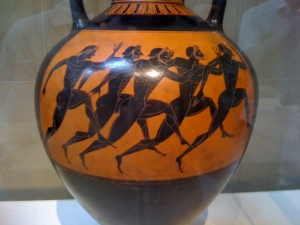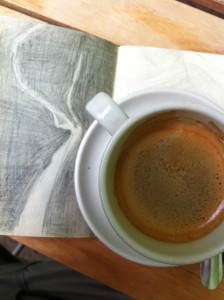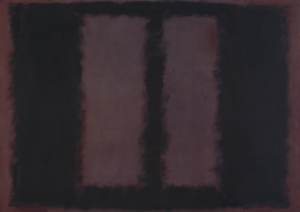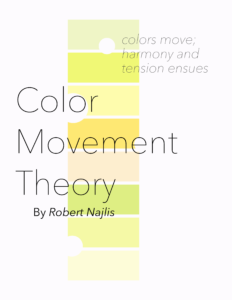Working on figure drawing recently, I have been looking closely and proportions and relationships in the human figure. Figure drawing involves understanding the proportions of the figure. That means overall proportions of the figure, such as using the head as a basic unit of measurement to see the proportions of the whole body, as well as proportions within individual body parts, for example looking at the head and the relationships of the features in the head.
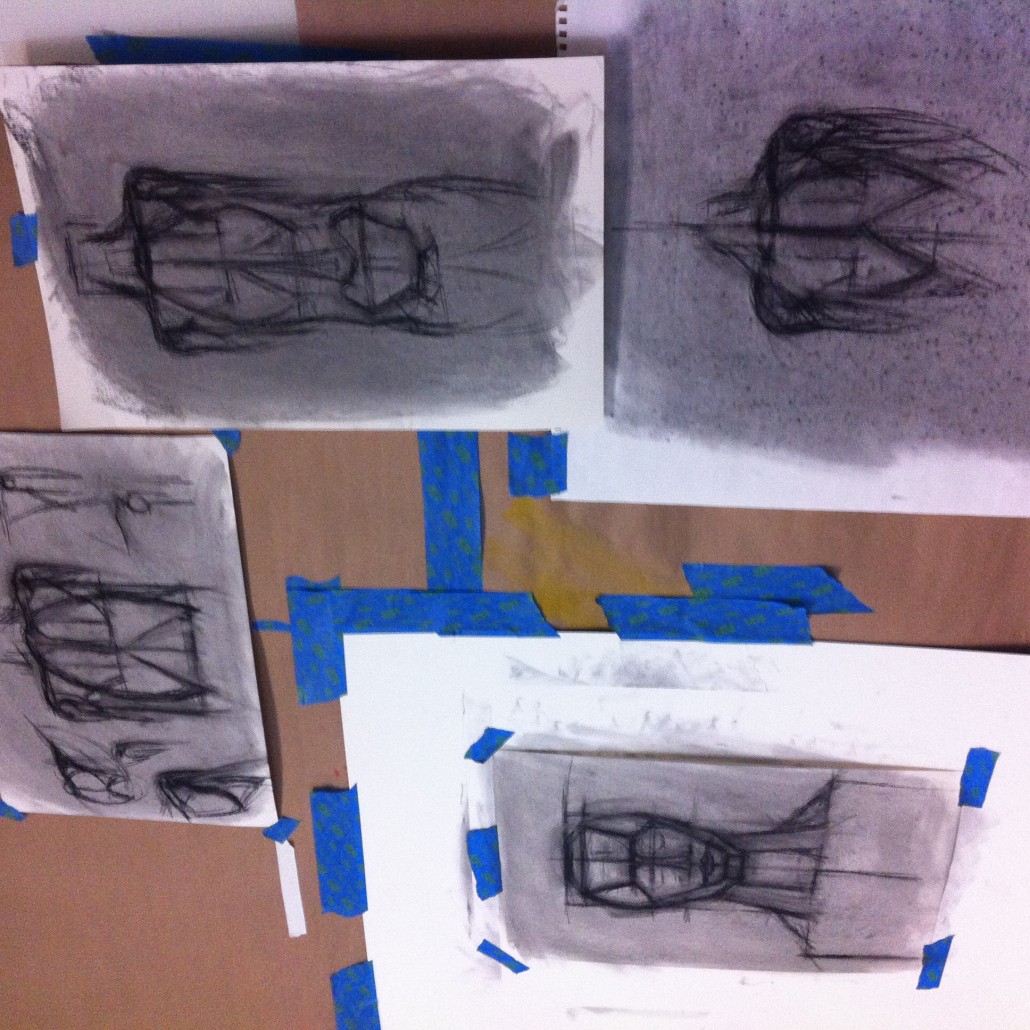
Music entails the study of proportions and intervals as well. Relations of the major 5th, major 3rd, minor 3rd, and so on.
These intervals are of utmost importance in studying music theory, as well as in ear training. If you want to be able to play intuitively and by ear, you can cultivate that ability through greater understanding of these intervals.
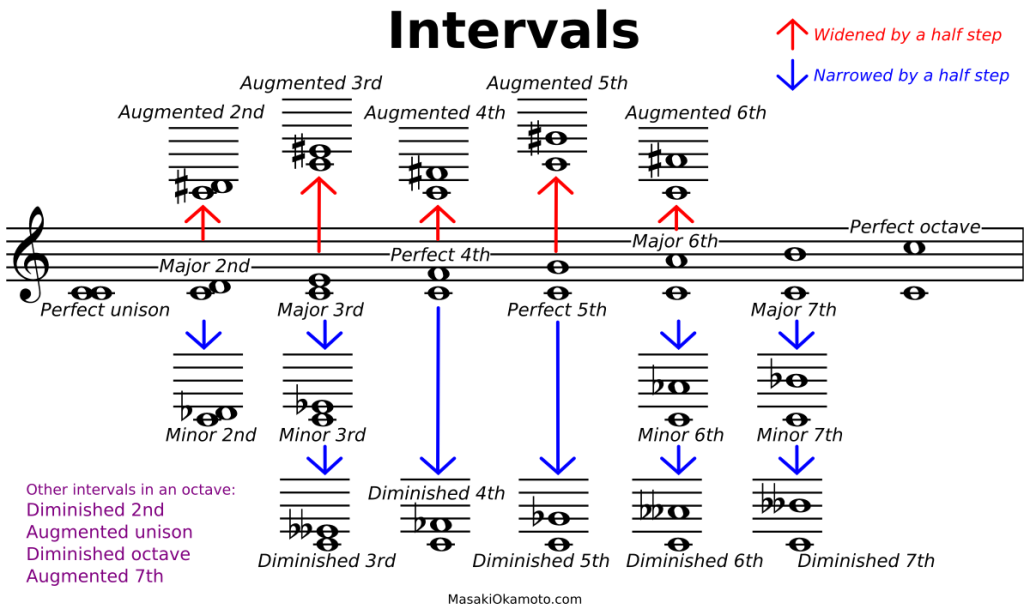
Relationships, proportions and intervals are important in many types of art: music, dance, drawing, panting. The study of one can help to open our understanding of others. Furthermore, as we better understand and internalize these kinds of relationships, it can change our lives, as our daily interactions begin to evolve.

